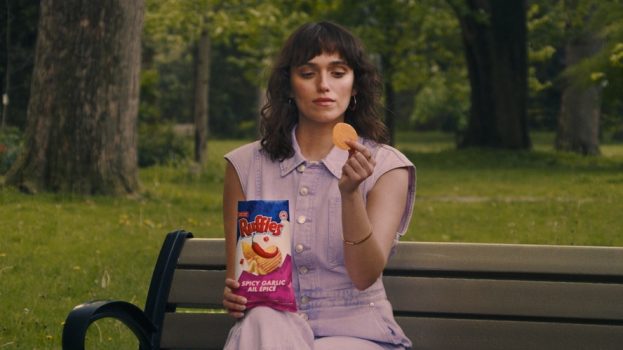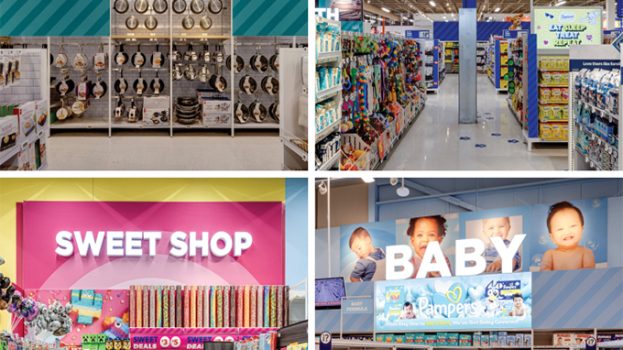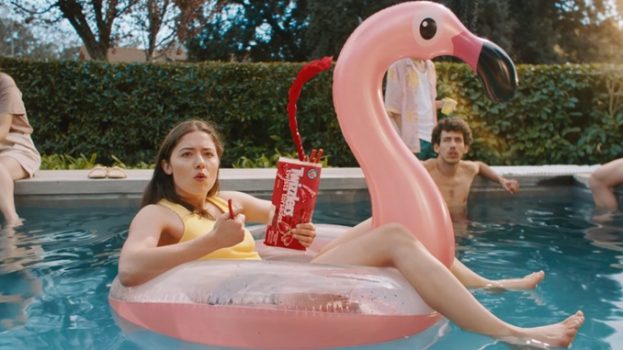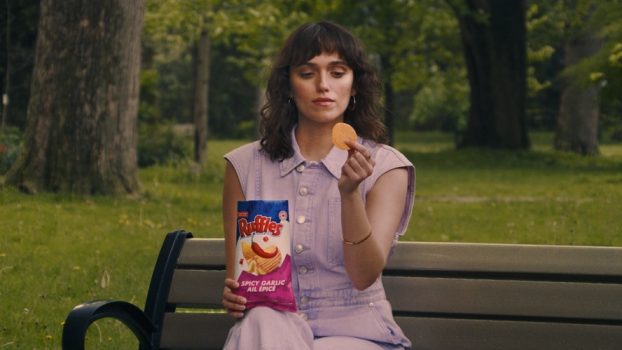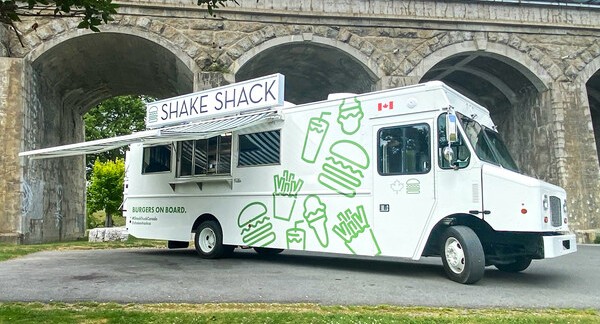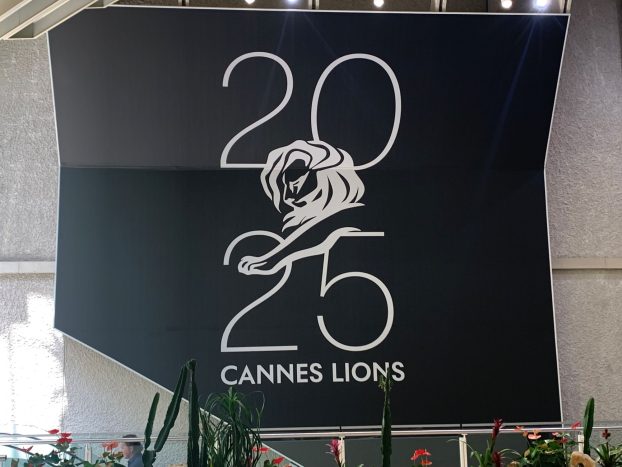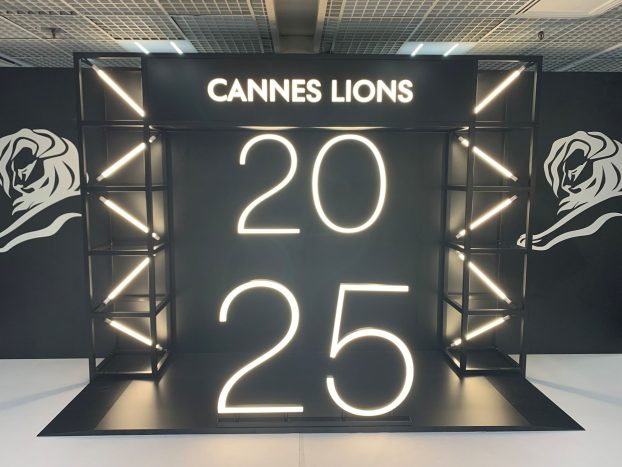Revenue was relatively flat in Coca-Cola’s Q1 results, but the beverage giant has singled out an area that’s expected to go down over the rest of 2020: its marketing spend.
James Quincey, Coca-Cola’s chairman and CEO, said during a call with investors that it is pausing brand marketing campaigns for the time being, as well as reducing direct consumer communications.
“We’ve developed and determined that in this initial phase, there is limited effectiveness to broad-based brand marketing,” Quincey said. The company had previously paused marketing spend in the U.K. and some Asian markets in recent weeks.
Quincey said rolling back marketing dollars – as well as unnecessary operational and discretionary expenses – was being done to maximize the company’s flexibility to handle what the second half of 2020 might bring, because “we just don’t know which channels or events are going to open up when and potentially change from one day to the next.” The plans for the rollback and when “re-engagement” will happen will vary from market to-market, though he said its earliest focus for being back in market would be on China. Marketing teams are currently focused on addressing longer-term opportunities for when the current crisis subsides.
Quincey did point out, however, that trade marketing dollars are mostly handled by bottlers, and said it would be an “important area to effectively manage and be willing to reengineer” in the months ahead.
While most companies have been significantly clawing back their marketing spend during the pandemic, most have maintained some level of market presence.
During its most recent earnings call, P&G said it would be “doubling down” on its brand building strategy, ensuring that consumers still trust its brands when they are no longer buying based purely on availability. But while Quincey said that consumers are turning to more trusted brands to make the most of shorter shopping trips, Coca-Cola is instead addressing this by focusing on maximizing its share of visible inventory. On-the-ground sales reps have also been redeployed, with those focused on on-premise trade being redirected to merchandising.
In its presentation, the company said “millions of dollars” that had previously been earmarked for marketing have been redirected to buy PPE and provide beverages to frontline workers. In some markets, it has also taken part in movements that help support small and independent restaurants that are in need at this time.
Early last week, Coca-Cola posted a message on its Canadian corporate social channels saying the accounts would “look a bit different” over the next month, opting to share “messages of hope, unity and community” by telling stories about community partners, employees and frontline workers. Those have yet to be posted, though its Canadian brand accounts did promote Global Citizen’s “Together At Home” livestream last weekend.
Quincey noted a number of other things the company has observed that are largely in line with what other CPG companies have noted, such as a surge in ecommerce business and decline in “away-from-home” business, like bars and restaurants (the company says nearly all of the 25% reduction in total volume it is seeing is coming from this area of its business).
One other area where Coca-Cola is in line with other large CPG companies is that it has been working with retail partners to focus on core SKUs in order to better keep its most in-demand products in stock. However, Coca-Cola appears more open than others to returning to product innovation, a key trend in the beverage industry in recent years to diversify portfolios and connect with more consumers, occasions and needs.
“Will more choice, more innovation come back when new normal and the economy reestablishes itself?” Quincey posited. “Yes, I’m sure it will. But in this period, it’s going to be a question of focus.”
For the quarter ending March 31, Coca-Cola had a 1% decline in net revenue, with organic revenue growth being even. It noted that it also experienced a market share growth in nonalcoholic ready-to-drink products, such as its Costa coffee brand.


